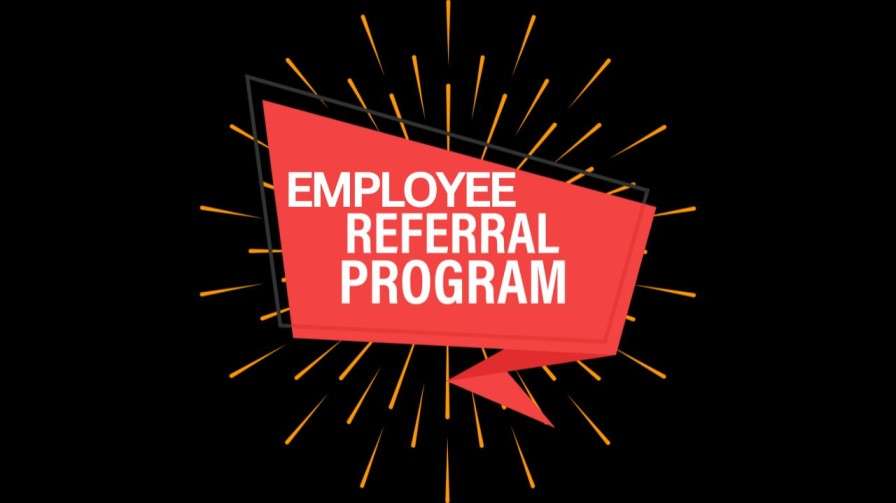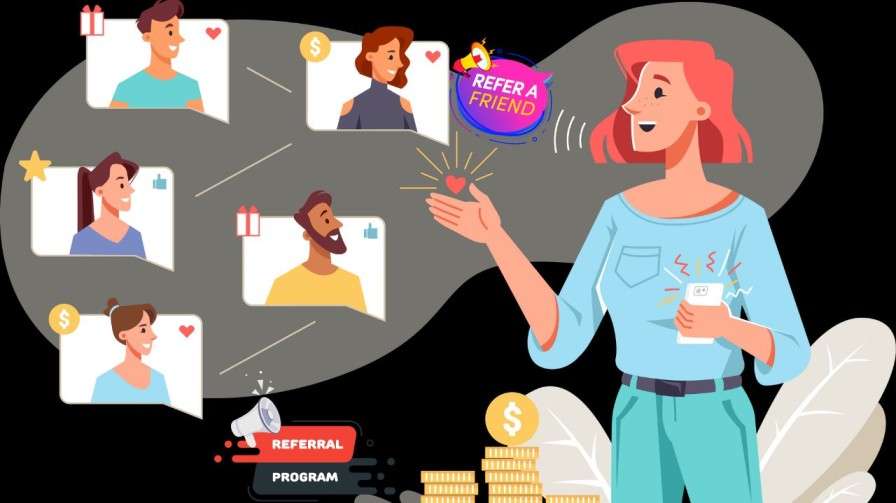In the competitive landscape of talent acquisition, employee referral programs stand out as one of the most effective strategies for finding top talent. In this blog post, we’ll delve into the power of employee referral programs and unveil strategies to make yours outstanding. From incentivising referrals to fostering a culture of engagement, these tips will help you harness the full potential of employee referrals and achieve recruitment success.
1. Incentivize Referrals with Compelling Rewards:
To encourage employees to participate in the referral program, offer compelling rewards for successful referrals. Consider monetary bonuses, gift cards, extra vacation days, or even opportunities for career advancement. The key is to make the rewards enticing enough to motivate employees to actively participate in the program.
2. Communicate the Benefits Clearly:
Ensure that employees understand the benefits of the referral program and how it contributes to the organization’s success. Communicate the impact of employee referrals on recruitment efforts, employee retention, and overall company performance. Highlight success stories and examples of employees who have benefited from the program to inspire participation.
3. Simplify the Referral Process:
Make it easy for employees to refer candidates by simplifying the referral process. Provide clear guidelines, easy-to-use referral portals, and quick submission forms. Streamline the process as much as possible to minimize friction and encourage employees to submit referrals promptly.
4. Foster a Culture of Engagement and Collaboration:
Create a culture where employees are engaged, empowered, and encouraged to participate in the referral program. Foster collaboration and teamwork by recognizing and rewarding employees who actively refer candidates. Encourage open communication and provide opportunities for employees to share feedback and ideas for improving the program.
5. Provide Timely Feedback and Recognition:
Acknowledge and recognize employees for their contributions to the referral program. Provide timely feedback on the status of referrals, whether they are successful or not. Celebrate successful hires resulting from employee referrals and publicly recognize the employees who made them. This not only reinforces the value of the referral program but also motivates other employees to participate.
Example:
Company XYZ implemented an employee referral program with enticing rewards and simplified the referral process through an easy-to-use online portal. As a result, they saw a 30% increase in referral submissions and a 20% increase in successful hires from employee referrals within the first year.
Conclusion:
Employee referral programs are a powerful tool for finding top talent and driving recruitment success. By incentivizing referrals, communicating the benefits clearly, simplifying the referral process, fostering a culture of engagement, and providing timely feedback and recognition, you can create an outstanding referral program that attracts top talent and strengthens your organization’s workforce.
 Hroptimum Leading to Success
Hroptimum Leading to Success







Your writing is so eloquent and heartfelt It’s impossible not to be moved by your words Thank you for sharing your gift with the world
This blog covers important and relevant topics that many are afraid to address Thank you for being a voice for the voiceless
I love how your posts are both informative and entertaining You have a talent for making even the most mundane topics interesting
Thank you!
It’s always a joy to stumble upon content that genuinely makes an impact and leaves you feeling inspired. Keep up the great work!
Thank you for the encouraging words!